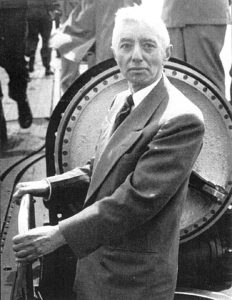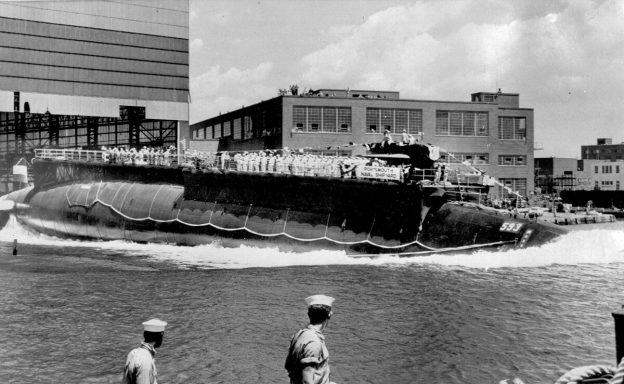Background
Since the inception of the United States, the US Navy has been a proud branch of the armed forces protecting the seas as the strongest naval force in the world. The US Navy Charter shows that the US Navy is “dedicated to the Core Values of Honor, Courage, and Commitment to build the foundation of trust and leadership upon which our strength is based and victory is achieved.” In practice, these values play out through regimented systems, clear communication and prioritizing safety in order to efficiently confront the challenges presented at sea.
Such challenges struck the Navy during their transition to nuclear-powered submarines in the 1960s, an era led by Admiral Hymen G. Rickover. Rickover, known as the “Father of the Nuclear Navy,” entered the Navy at age 18 enrolling in the Naval Academy and became the longest-serving naval officer. With a reputation as a man that gone things done with “little tolerance for mediocrity, none for stupidity,” Rickover led the Navy’s transition to nuclear propulsion and is given credit for the Navy’s track record of zero nuclear accidents.
Rickover was an early believer in nuclear propulsion technology and foresaw the Navy’s transition from destroyer-dependent to submarine dominant warfare. Nuclear propulsion allowed for deeper, longer, and more stealth dives, which were critical features for dominance during the Cold War.
The first semblance of this transition began in January 1954 with the launch of the first nuclear submarine, the USS Nautilus, out of Groton, CT.


For a continuation of the narrative, see the USS Thresher
